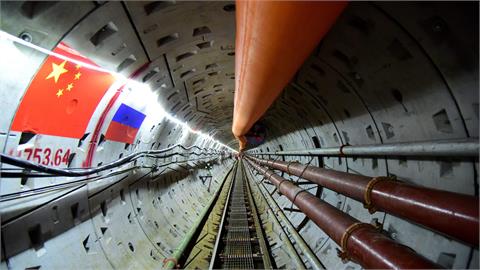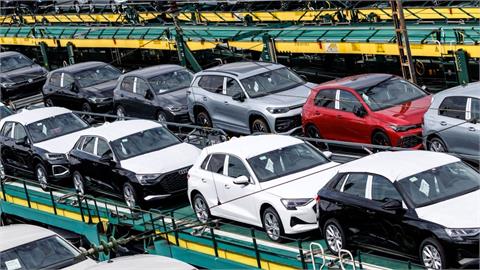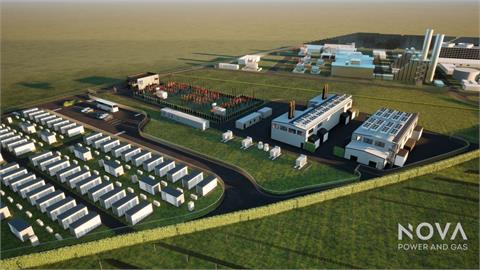The U.S.' Energy Information Administration (EIA) said Wednesday that
it expects oil prices to remain low through this year and the next.
As
the global benchmark Brent crude and the American benchmark West Texas
Intermediate (WTI) fell below $30 per barrel mark this week, reaching
their lowest level in the last 12 years and marking around a 73 percent
decline since mid-2014, EIA said it also expects oil prices to be low
during 2016 and 2017.
The U.S. administration said it now expects
Brent crude price to average $40 per barrel this year and $50 a barrel
next year, and WTI to average $38 per barrel in 2016 and $47 a barrel in
2017.
"EIA recognizes that there is still high uncertainty in
the crude oil price outlook...Crude oil prices are expected to remain
low as supply continues to outpace demand in 2016 and more crude oil is
placed into storage," the agency said.
"EIA estimates that global
oil inventories increased by 1.9 million barrels per day in 2015,
marking the second consecutive year of inventory builds. Inventories are
forecast to rise by an additional 0.7 million barrels per day in 2016,
before the global oil market becomes relatively balanced in 2017. The
first forecasted draw on global oil inventories is expected in the third
quarter of 2017, marking the end of 14 consecutive quarters of
inventory builds," it explained.
The rise in global crude
inventories is a result of increased supply from heavyweight oil
producing countries, such as the U.S., Russia and some major OPEC
members, all of which have been pumping oil at their all-time
record-high levels.
"Since 2012, the U.S. has been the source of
much of the global increase in production of petroleum and other
liquids," EIA said.
However, the U.S. administration added it
anticipates the U.S. and non-OPEC production to decline, and OPEC output
to increase during this year and the next.
"EIA expects non-OPEC
production to decline by 0.6 million barrels per day in 2016, which
would be the first decline in non-OPEC production since 2008. About
two-thirds of this forecasted decline in 2016 comes from the U.S.
Changes in non-OPEC production are driven by changes in U.S. tight oil
production," the agency said.
Referring to oil production in the
U.S. as "the most price-sensitive production globally," EIA said
domestic oil output level would decrease as a result of high decline
rates in shale wells, low investment, and falling number of oil rigs in
the country.
Meanwhile, the U.S. administration added that it forecasts OPEC crude oil production to increase by 0.5 million barrels per day in 2016, with Iran's return to the global oil market.
"Iran is expected to increase its production once international sanctions targeting its oil sector are suspended. Although uncertainty remains as to the timing of sanctions relief, EIA assumes this occurs in the first quarter of 2016," the agency said.
The U.S. Secretary of State John Kerry announced Wednesday that Iran could meet its obligations of the final nuclear deal "within days" and can begin to receive sanctions relief on the implementation day of the Joint Comprehensive Plan of Action, which he said is going to take place "very soon."
Iran repeatedly stated earlier that it is planning to increase its oil production by 500,000 barrels a day once the sanctions are removed, and raise it by another 500,000 barrels a day within the next six months after the removal.
On top of the average one million barrels a day of additional crude supply, the country is also estimated to have more than 30 million barrels of oil stored offshore that is ready to hit the global market immediately after sanctions are lifted.
Additional physical crude from Iran could increase the glut of supply in the global oil market very quickly, and push oil prices to new record-low levels.
(Anadolu Agency)



